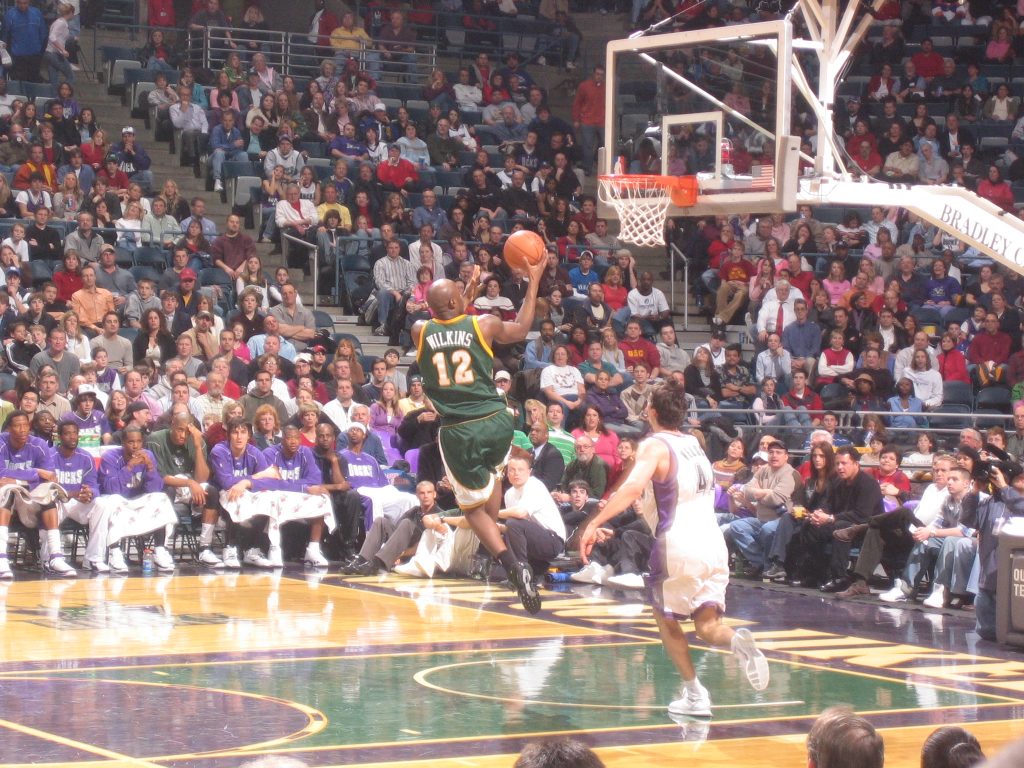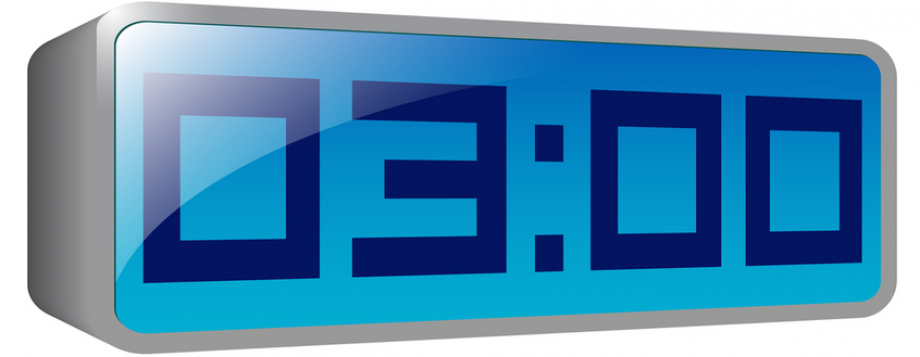Just two years earlier, virtual reality start-up NextVR independently demonstrated the future of sports transmitting with one 360-degree electronic camera positioned courtside at a Golden State Warriors game in Oakland.
On Tuesday night, NextVR went back to Oracle Arena, this time with 7 electronic cameras, about 30 team members, a full-blown TV production truck and three leadership speakers in basketball commentating on the game. With this, they provided the Warriors-Minnesota Timberwolves game in virtual reality to a fairly small– but paying– audience of global basketball fans.
The telecast came a day after the NCAA men’s basketball champion was relayed in virtual reality using comparable innovation offered by Intel of Santa Clara to super-fans decked out in their teams basketball shirts.
The large bulk of basketball fans still enjoyed the regular TV broadcasts and were shocked that these immersive, three-dimensional experiences were even available, an indication of how the VR market is still aiming to get off the ground and discover an audience. Nevertheless, today’s back-to-back events demonstrate how much development live VR sports have actually made.
“In 5 years, our goal is to produce this content so reasonably that you’ll have a difficult time distinguishing it from actually being in one of the seats,” NextVR co-founder David Cole stated as he showed off his company’s electronic cameras prior to the Warriors game.
“This is simply the tip of the iceberg,” said Sankar “Jay” Jayaram, CEO of VR innovation firm Voke, which Intel bought in November.
Live sports could be the key to obtaining individuals that get hooked on virtual reality. A study taken last year by Greenlight Insights, a San Francisco company which investigates virtual and enhanced truth, showed that 39 percent of sports fans were very interested in viewing live VR sports.
Although it will be four to five years yet before live VR broadcasts develop into a significant market, “streaming huge events reside in VR will be key to the non-(video) game VR experience,” Greenlight expert Alexis Macklin said.
In the meantime, the market “faces the timeless chicken-and-egg predicament,” said Geoff Blaber, vice president of research study for CCS Insight. “It requires compelling content to draw in users; however content investment is slow till there’s an emergence of users.”
So this week’s virtual basketball telecasts was “a hugely essential step to proving the concept,” he said.
Intel, CBS Sports, Turner Sports and the NCAA teamed up to relay 6 March Madness championship game in VR, 3 of them from San Jose’s SAP Center and the three Final Four games from Phoenix Saturday and Monday. Only owners of the virtual reality business leaders, Samsung, VR headset, which also needs a newer-model Samsung smart device, could see them. That limits the audience to those individuals who own the 5 million Gear VR headsets Samsung has actually offered worldwide.
For $2.99 per game, or $7.99 for all 6 games, audiences could see the action practically as if they’d paid hundreds of dollars for courtside seats. The feed included shots from 7 cameras, each with 12 lenses, positioned next to the court and in the arena. A production team selected shots based upon the game action, although viewers could also pick their own views. And for the very first time, the VR broadcast had its own three-person announcing group.
Jayaram and his other half, Uma Jayaram, a Voke co-founder, started working on the innovation 18 years back. He stated he didn’t know how many audiences tuned into the VR stream. (Nielsen said the regular broadcast of the North Carolina-Gonzaga championship game averaged 23 million audiences.).
However Jayaram, now chief innovation officer of Intel Sports Group, said there were enough audiences for the six games to reveal that there is interest in the medium, particularly since this was the very first time the program wasn’t on for free.
One paying consumer was Josh Boggess of Athens, Tenn., who said he “liked the experience.”
The option of switching to various video cameras helped him “feel like [he was] standing in the crowd and can see all the details,” consisting of the big plays, Boggess stated through text message all while sitting back at home in his beloved basketball shorts.
Boggess said the only drawback was the poorer video quality, compared to a 4K TV, but he expects that the VR quality will improve with time. Once that happens, “it’s going to be the future of TV watching,” he stated.
Tuesday night’s Warriors game was one of 25 NBA games to be transmitted this season in VR as part of NextVR’s deal with the league. Warriors co-owner Peter Goober is a investor in the Newport Beach (Orange County) business, which made history by broadcasting the group’s 2015-16 season openers in virtual reality. NextVR produced a VR video that helped to lure star free agent Kevin Durant to the team this season.
To access the telecasts, however, viewers need a Gear VR and a subscription to NBA League Pass, a regular-season TV package of games that cost $199 at the start of the season, now cost $6.99 per game. The NBA declined to say how many people are watching the VR telecasts, which will not consist of the playoffs.
Most of the crew originates from standard sports television, and they are still finding out how to adapt to a medium that doesn’t rely on close-up shots and consistent cutaways to focus the viewer’s attention. The directors will instead, switch between shots from the two video cameras situated on the basket stanchions or from a video camera on the scorer’s table in the center.
There are also no commercials, so throughout timeouts, “we’re staying with the experience,” stated Josh Earl, a coordinating producer. “We never stop the entertainment value. We just keep pumping it through. When the play stops, you have time to take a deep breath and look around the arena, have a look at the JumboTron, view the dancers, all kinds of glimpses you wouldn’t usually do during a broadcast.”
Although Cole said all major sports leagues are showing interest in VR, there’s one live sport that has already become a hit.
“Monster trucks are hugely popular,” he stated. “We definitely wouldn’t have guessed it, however we’re doubling down on monster trucks due to the fact that it huge.”
